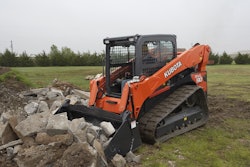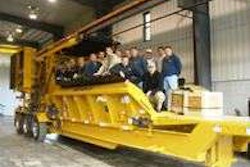Effective July 1, there are two changes to Indiana’s Move Over Law. Motorists must reduce their vehicle’s speed 10 mph under the posted speed limit if they cannot move to an adjacent lane safely. Secondly, the updated law now includes utility service vehicles.
The Indiana Department of Transportation (INDOT) and Indiana State Police (ISP) remind drivers that Indiana law requires motorists to approach cautiously when an emergency or highway maintenance vehicle is stopped with emergency lights flashing. This is the time of year when highway work crews are out in road construction zones repairing roadways throughout Indiana. Use extra care and reduce your speed in these work zones.
On March 16, a construction worker was struck and killed by a vehicle on I-80 at the 12.6 mile marker in Lake County while patching the road. Also on March 24, a worker was struck by a vehicle, and injured on I-65 at the 131 mile marker in Boone County while performing survey work in the median.
Motorists must change lanes away from the emergency vehicle if they can do so safely. If not, they must reduce their speed 10 mph under the posted speed limit and proceed with caution. INDOT and ISP are asking motorists NOT TO STOP in the roadway, as this may cause a chain reaction rear end collision with other vehicles, but to MOVE OVER and/or SLOW DOWN. As you are driving, plan well ahead by watching for these vehicles.
Indiana emergency vehicles include:
· Police vehicles
· Ambulances
· Fire trucks and rescue equipment
· Highway incident-response vehicles
· Highway maintenance vehicles
· Utility service vehicles
· Vehicle recovery equipment, including tow trucks
The intent of this law is to protect the emergency and highway personnel who serve the public. Please be alert when you see emergency lights flashing and give them room to do their job safely. Violating the law can result in a fine and your license will be suspended up to two years if you cause damage to emergency equipment, injury or death to an emergency worker.









